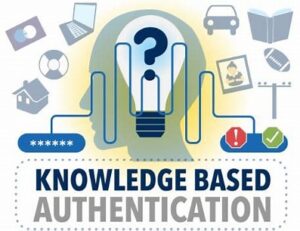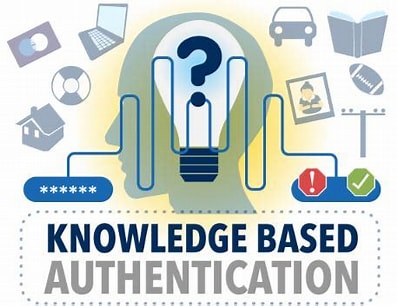Comparing Static And Dynamic Knowledge-Based Authentication
Knowledge-Based Authentication (KBA) is a security measure commonly used to verify a person’s identity when accessing sensitive information, such as financial or healthcare records. There are two types of knowledge-based authentication — static and dynamic. These methods differ in how they ask questions to verify a user’s identity. In this article, you will learn more about both types of knowledge-based authentication, including their relative strengths and weaknesses.

Understanding Static KBA
Static knowledge-based authentication involves asking the user pre-determined questions based on publicly available information, such as the user’s date of birth, address, or phone number. The answers to these questions can help to verify the user’s identity. Many authentication protocols use this method as an additional authentication factor, in addition to a username and password.
One of the main advantages of static KBA is its simplicity. Because the questions are pre-determined, they are asked and answered quickly and easily. This characteristic makes static knowledge-based authentication a good option for situations where time is critical, such as when a user is trying to access their bank account while on the go. This method is also relatively easy to implement, and many websites and applications already have pre-set questions that they can use for KBA.
However, static knowledge-based authentication has some significant drawbacks. For example, the questions used for static KBA often rely on publicly available information. Of course, this factor means the answers may be easy for someone to guess or obtain through social engineering. For example, an attacker could learn a person’s date of birth or address through social media, making it easy to hack this authentication form.
Dynamic KBA
Dynamic KBA, conversely, involves asking the user questions tailored to the individual user based on their personal information. For example, this form of authentication could include questions about recent transactions, previous addresses, or other data that is not typically publicly available. The answers to these questions help to verify the user’s identity. Because much of this information is not publicly available, dynamic KBA is considered a more secure protocol.
However, dynamic KBA also has some drawbacks. For example, the questions used in this method are often more difficult and time-consuming than those used for static KBA. This characteristic can be frustrating for users, especially if they are in a hurry or accessing sensitive information while on the go. Additionally, dynamic KBA can be more expensive and time-consuming. And if the public information used to validate responses needs to be corrected, users may not be able to log in to the website, application, or service they need to access.
Summary
In conclusion, both static and dynamic KBA have their advantages and disadvantages. The static method is easy to implement. Further, users can quickly authenticate with this method, making it a good option for situations where time is critical. However, static KBA is less secure because the questions often rely on publicly available information. On the other hand, dynamic knowledge-based authentication is more secure than the static method because the questions are tailored to the individual user, making it more difficult for an attacker to guess the answers. However, dynamic KBA can be more time-consuming and expensive to implement, and the questions can be more difficult for users to answer.
Ultimately, the choice between the two methods depends on the organization’s or website’s specific needs. If time and simplicity are critical factors, static knowledge-based authentication may be the best option. However, if security is the top priority, the dynamic method is likely the better choice. Regardless of your choice, it is essential to remember that knowledge-based authentication is just one part of a multi-layered approach to information security.
Interested in learning more about technology, including information security? Consider participating in a K2 Enterprises training class. Click here to learn more about your options. Also, learn more about KBA and IRS Form 8979 signature requirements by clicking here.
